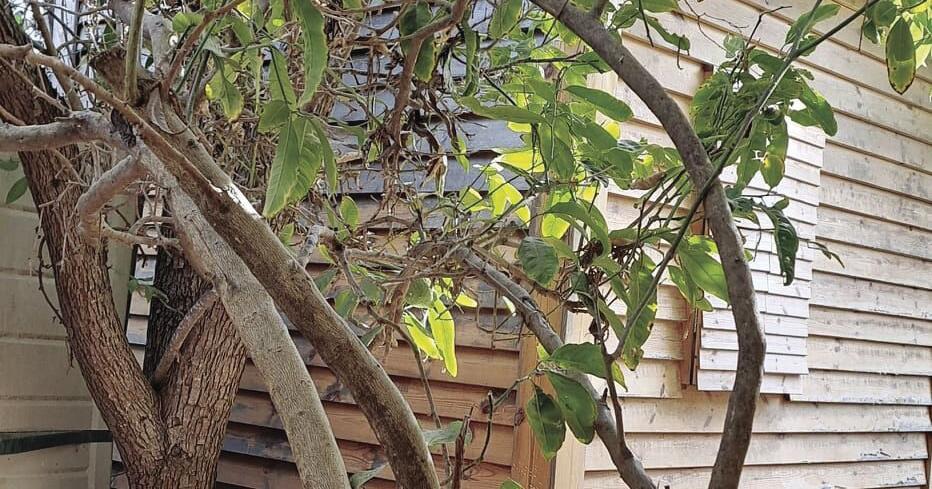I moved to Israel in late summer of 2023, and shortly thereafter, the time came to get an etrog. As it turned out, I got my etrog in a totally unanticipated way.
But first, a word about the four species used on Sukkot: palm frond, willow, myrtle and etrog (see Leviticus 23:49). Why those species? The verse does not explain, so Maimonides offers an explanation: The Torah commands us to take up fruit and branches on Sukkot to celebrate the harvest.
Why these specific varieties? Maimonides explains that, too. They look attractive, they smell pleasant, they last through the whole festival and they are easy to get: “They are abundant in the Land of Israel at this season, and everybody can obtain them” (Guide of the Perplexed 3:43).
Through the centuries, Jews in the colder places of Europe did not have that experience. In France, Germany, Russia and Poland, Jews went to great lengths to get even one etrog for whole communities (a situation discussed in Shulhan Aruch 658:9).
Years ago, as I recall, purchasers typically went to the supplier and picked through rows of etrogim to find the one with the most beautiful characteristics — and that they could still afford. Then the purchasers had to pick through more loose bundles of branches to find the freshest, most beautiful palm, myrtle and willow. Over the years, though, it has become more common for suppliers to select the four species for their customers. The smaller branches of myrtle and willow come in sealed plastic tubular bags, with the guarantee of validity printed right on the bag.
A friend offered to drive me to the open-air market across from Shuk haCarmel in Jerusalem, where I could experience the old-fashioned method of competing with hundreds of other buyers to choose my own set of the four species. I opted for the newer method, getting mine from the person at a local synagogue that my son attends, where a member provides the four species to the community at just above cost, with the profit going to local charities. So, I had an etrog and lulav picked out for me, along with sealed plastic tubular bags of myrtle and willow.
And then, on the day before the holiday, my son’s next-door neighbor made him a generous offer. The etrog tree in the neighbor’s yard spreads over the fence into my son’s adjoining yard. The neighbor asked my son to just pick a fruit on his side of the fence; my son did, and gave that etrog to me to use this Sukkot.
So, for the first time in my life, I had a fresh-picked etrog, so fresh it even had a leaf attached to the stem. It came just as Maimonides envisioned the process — easy to obtain as a gift from a friendly neighbor.

